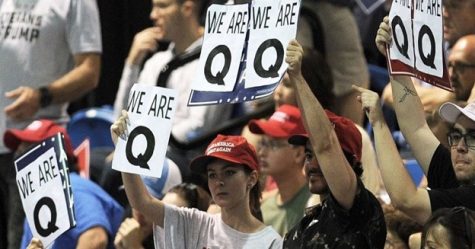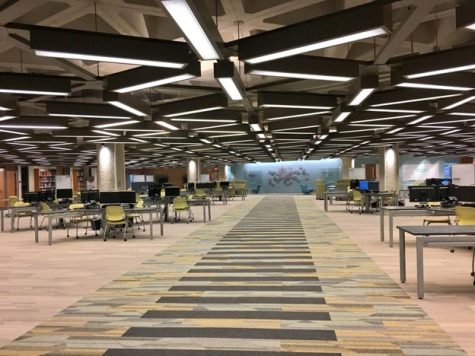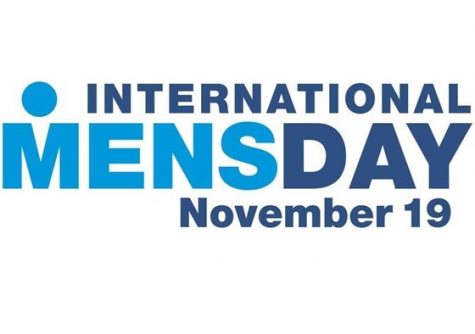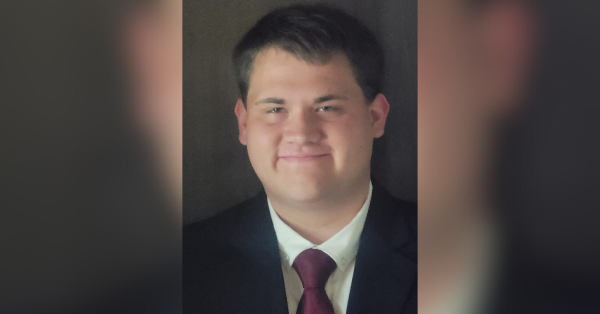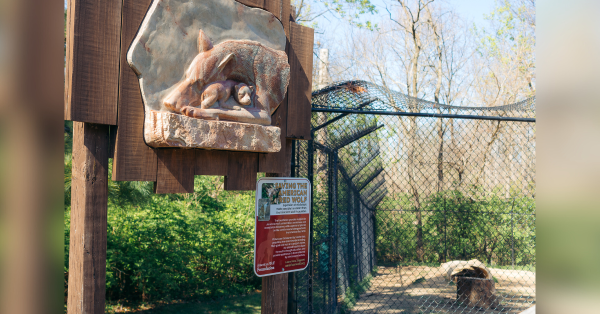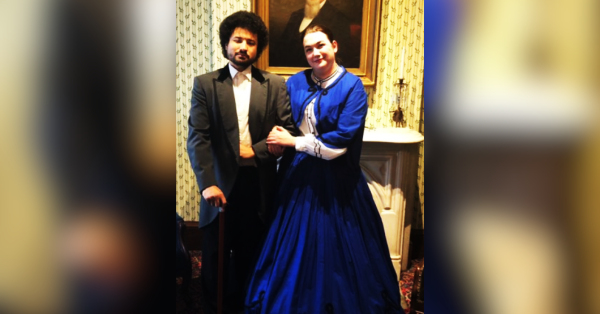Social Media’s Obsession with COVID-19 Conspiracy Theories
Social media usage has grown immensely over the last decade. It has continually progressed in its use and innovation with a variety of social media sites amassing hundreds of millions, if not billions, of users. With the help of these endless amounts of users, people have shifted their access to the world, now able to unlock a vast amount of information in a short amount of time. With that, it comes as no surprise that social media has surpassed its early days of being used simply for the sake of being social. It has now become, in every sense, a large hub for news. With such large access to the world, news information is consistently bombarding social media feeds. ranging from major news outlets to the Facebook feed of your aunt Tiffany.
Receiving and presenting information has become so fast and easy, in fact, that anybody can take the time to fabricate and circulate their own “news.” Sites such as Twitter and Facebook are prime vehicles for this. With the ongoing pandemic, fabricated stories can create pushback, oftentimes creating discourse that can be dangerous, including COVID-19 conspiracy theories. Depending on your very specifically-curated social media timeline, you may encounter conspiracies about COVID-19 frequently or virtually never. Nonetheless, COVID-19 conspiracies have swarmed social media in more ways than one — becoming increasingly popular as shutdowns have affected the world. As a result of an evident distrust in political figures and astute public health institutions like the World Health Organization (WHO), large groups have opted to conspire against the odds.
As a way of making sense of the virus, these theories have been quick to point fingers at “possible” factors. Some popular ones have been the impending 5G cell towers and doctors inflating COVID-19 mortality rates, often described as a form of fear-mongering. These are only two of the numerous conspiracy theories people have been sharing online. Baseless theories like these are often posted with some questionable form of “evidence” attempting to provide even the slightest bit of credibility.
A prominent video circulating around social media regards 5G as responsible for coronavirus. It features a man seen cutting a medical mask and sliding a piece of aluminum from its interior. Of course, the obvious reason for the removed metal is the piece allowing masks to stay on various nose shapes, but despite this logical solution, the video suggests the metal is a 5G antenna. Conspiracy theorists more often than not underestimate the amount of harm that can ensue from their baseless claims. Because of social media’s fast-paced information cycles, people often consume information and run with it without doing much research. Make no mistake, without the sheer ignorance of those who decide not to fact-check these conspiracies before sharing, the theories would be of little concern. However this is unfortunately not our reality. Theories without factual evidence can be extremely deceitful and hazardous.
Conspiracy theories can be fun and games but in times like this they are hardly ever so. Succumbing to unsupported conspiracies on social media can be harmful. The next time you spot a post stating that COVID-19 is embedded in traffic lights, maybe try posting a comment stating the obvious. You will do us all a favor.





